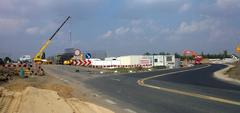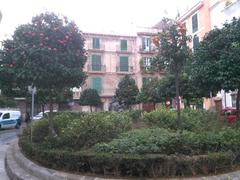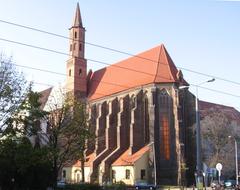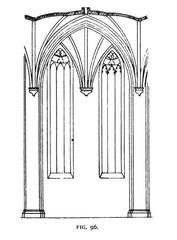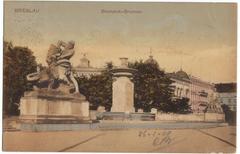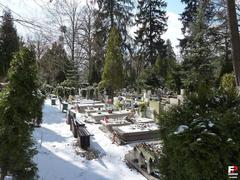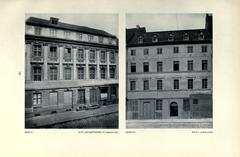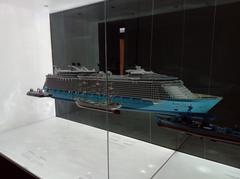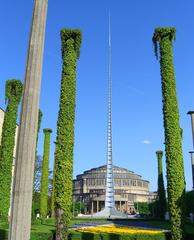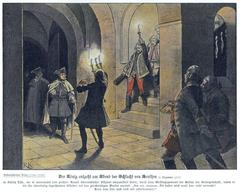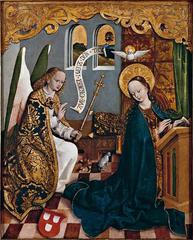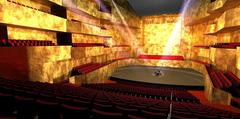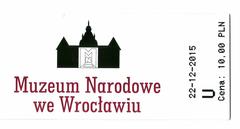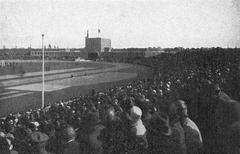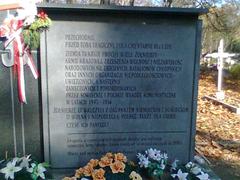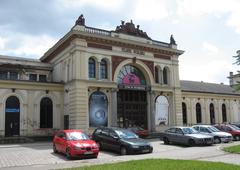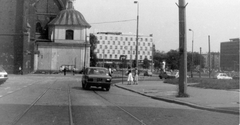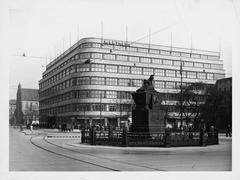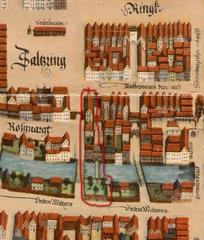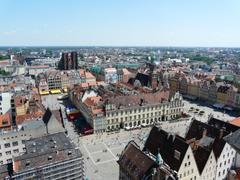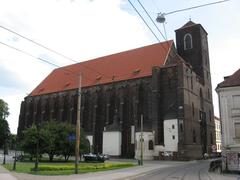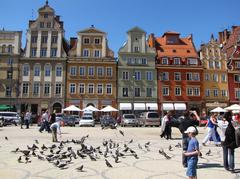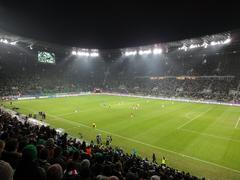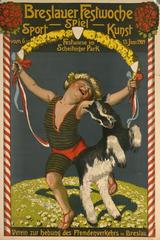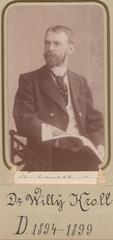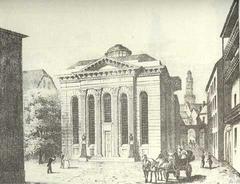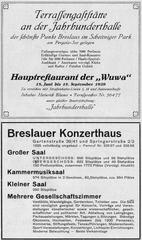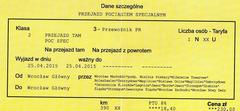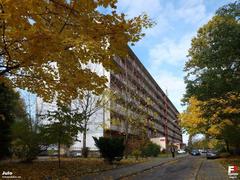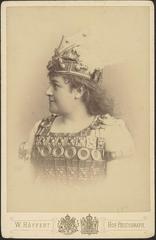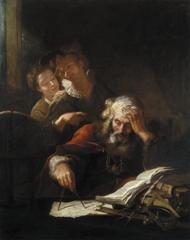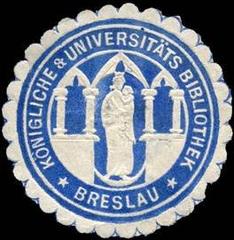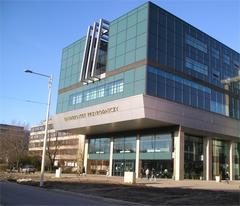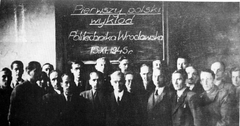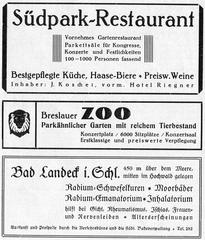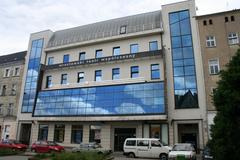
Comprehensive Guide to Visiting Nowy Targ Square, Wrocław, Poland
Date: 23/07/2024
Introduction
Nowy Targ Square, situated in the heart of Wrocław, Poland, is a vibrant historical and cultural hub that seamlessly blends the old with the new. Established in the 13th century during the reign of Henry I the Bearded, Duke of Silesia, the square was originally designed as a bustling marketplace. Its strategic location near the Oder River facilitated significant trade and commerce, making it a vital economic center in medieval Wrocław. Over the centuries, Nowy Targ Square has undergone various architectural transformations, reflecting the Gothic, Renaissance, and Baroque styles that have graced its surrounding buildings. Today, it continues to serve as a focal point for cultural activities, hosting events like the annual Wrocław Christmas Market. This guide will delve into the fascinating history, essential visitor information, travel tips, and notable landmarks that make Nowy Targ Square a must-visit destination in Wrocław. (source 1, source 2)
Table of Contents
- Introduction
- History of Nowy Targ Square
- Visitor Information
- Travel Tips
- Notable Landmarks
- Preservation Efforts
- Conclusion
- FAQ
History of Nowy Targ Square
Medieval Origins
Nowy Targ Square, established in the 13th century during the reign of Henry I the Bearded, Duke of Silesia, was originally designed as a marketplace. Its strategic location near the Oder River facilitated trade and commerce, making it a vital economic center in medieval Wrocław.
Architectural Evolution
Over the centuries, the square underwent significant architectural transformations. In the 14th century, Gothic-style buildings surrounded the square, many constructed using brick. The Gothic influence is still evident in nearby structures such as the Church of St. Mary Magdalene.
Renaissance and Baroque Periods
The 16th century saw the renovation of Gothic buildings into Renaissance-style structures. The Baroque period in the 17th century added ornate facades and decorative elements, marking the construction of important civic buildings like the town hall.
19th Century Developments
The 19th century brought modernization and urban development. The square was updated with paved roads and improved drainage systems to accommodate increasing trade. It also became a center for social and political activities, hosting public gatherings and cultural events.
World War II and Reconstruction
World War II caused extensive damage to Nowy Targ Square. Post-war reconstruction efforts aimed to preserve its historical and architectural heritage, rebuilding key buildings and the square’s layout in a manner that respected its origins.
Visitor Information
Visiting Hours and Tickets
Nowy Targ Square is open to the public 24/7. There are no admission fees, but certain events and attractions within the square may have specific visiting hours and ticket prices. Check the official Wrocław City Museum website for detailed information.
Guided Tours and Special Events
Guided tours are available through the Wrocław City Museum, offering in-depth insights into the square’s history and architecture. The square also hosts various cultural events, including the annual Wrocław Christmas Market, which attracts visitors from around the world.
Travel Tips
- Best Time to Visit - Spring and summer are ideal for visiting, offering pleasant weather and numerous outdoor events.
- Accessibility - The square is wheelchair accessible, with ramps and smooth pathways.
- Nearby Attractions - Don’t miss the nearby Church of St. Mary Magdalene and the Wrocław Market Square, both rich in history and culture.
Notable Landmarks
Several landmarks contribute to the square’s historical and cultural significance, including the Church of St. Mary Magdalene and the town hall, each reflecting different historical influences and architectural styles.
Preservation Efforts
Various organizations work tirelessly to protect and restore the square’s historic buildings. Recent efforts focus on sustainable preservation practices, using modern technologies to maintain the structural integrity of historic buildings.
Conclusion
From its medieval origins to its modern role as a vibrant public space, Nowy Targ Square is a cherished part of Wrocław’s heritage. Ongoing preservation efforts and cultural initiatives ensure that it remains a significant and celebrated part of the city’s cultural landscape.
FAQ
What are the visiting hours for Nowy Targ Square? Nowy Targ Square is open 24/7, though specific attractions may have their own hours.
Are there guided tours available? Yes, guided tours are available through the Wrocław City Museum.
What are some nearby attractions? Nearby attractions include the Church of St. Mary Magdalene and the Wrocław Market Square.
Call to Action
Explore more about Nowy Targ Square by visiting the Wrocław City Museum website, and don’t forget to check out other related posts on our site for more travel tips and historical insights. Follow us on social media for updates and special offers!











